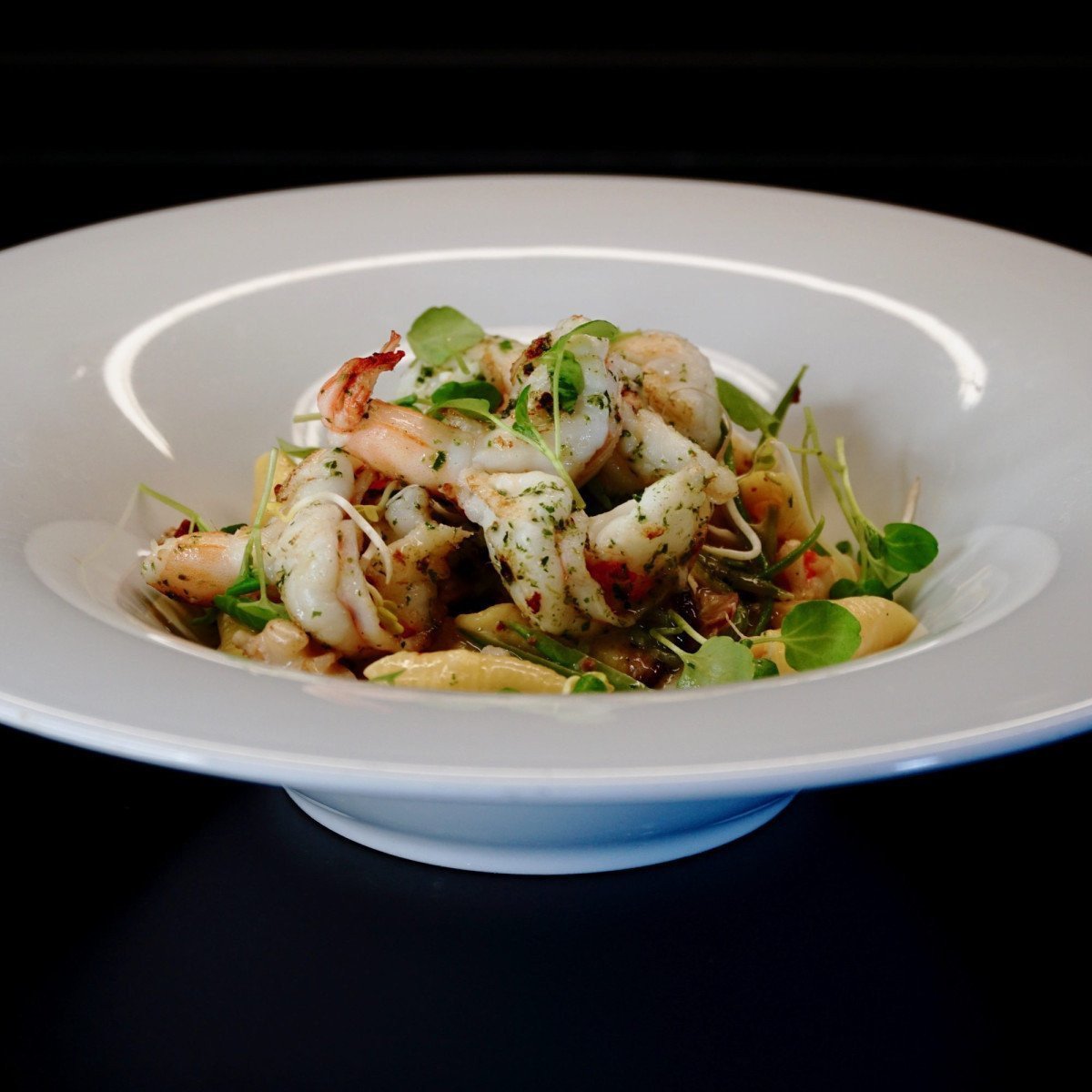There I was, staring at a beautifully plated dish of pasta, microgreens sprinkled artistically, cheese melting seductively around the edges. I held my camera poised, ready to capture the magnificence before me. Click. The image looked…ordinary. Nothing like the culinary masterpiece before my eyes. Ever found yourself in this situation?
Well, you might be stunned to know that merely 20% of the human brain processes taste, the rest is visual. That’s right! We literally eat with our eyes. This is where food photography comes into the equation, and when done right, it can make meals look as delicious as they taste.
The Meat and Potatoes of Food Photography
Where to start, you ask? Well, much like cooking, food photography is a blend of science and art. It’s about understanding the light, mastering the composition, and most importantly, harnessing the power of the ‘rule of odds’.
Remember that pasta dish I mentioned earlier? Looking back, I realized it lacked the balance and intrigue that come from applying the rule of odds in composition. Three meatballs instead of four, a sprinkle of herbs not just for flavor but to break the symmetry.
‘It’s just food,’ some might say. But isn’t it so much more? It’s about creating a sensory experience, a visual feast that invites people to not just see, but to savor.
Lights, Camera, Action!
Let’s dish out some secrets, shall we? The first course is ‘Lighting’. In food photography, natural light is your best buddy. It’s like the secret ingredient that turns your mom’s recipe into a family legend. Soft, diffused daylight enhances textures and colors, making the food look fresh and appetizing. But remember, avoid direct sunlight; it’s the quick recipe for harsh shadows and overexposed images.
Next up is ‘Angle’. Imagine the food as your supermodel. Is it tall and towering like a layer cake? Or flat and spread out like a pizza? Knowing the strengths of your dish helps you choose the right angle. For tall food items, a side angle works best while flat dishes demand an overhead shot. And of course, experiment as you go. Creative license, dear reader!
Lastly, ‘Background’. Visual clutter is a meal’s worst enemy. Use simple backgrounds that compliment your dish without stealing its thunder. A worn-out wooden table, a white marble countertop, or even a basic black slate, the right background can add depth and story to your image.
Adding the Final Seasoning
Now, as in any good recipe, we need a finishing touch – a sprinkle of sea salt, a drizzle of olive oil, or in our case, the art of styling. Food styling is the cherry on top of your food photography cake. Tweak a leaf here, move a fork there, or create a trail of crumbs; subtle changes can elevate your image from good to mouth-watering. Just remember, it should look natural and inviting, not overly staged.
But wait, what about the real ingredient – the food? Well, the trick here is to keep it looking fresh. You see, food has a ‘golden hour’, too. Ever noticed how a salad starts wilting under lights or ice cream turns into a puddle before you know it? Speed is of the essence. Work swiftly and have your setup ready before the food hits the plate.
Food photography is a delightful blend of art, technique, and a pinch of passion. So, are you ready to give your meals the spotlight they deserve? Because remember, with great meals, come great photographs.


0 Comment